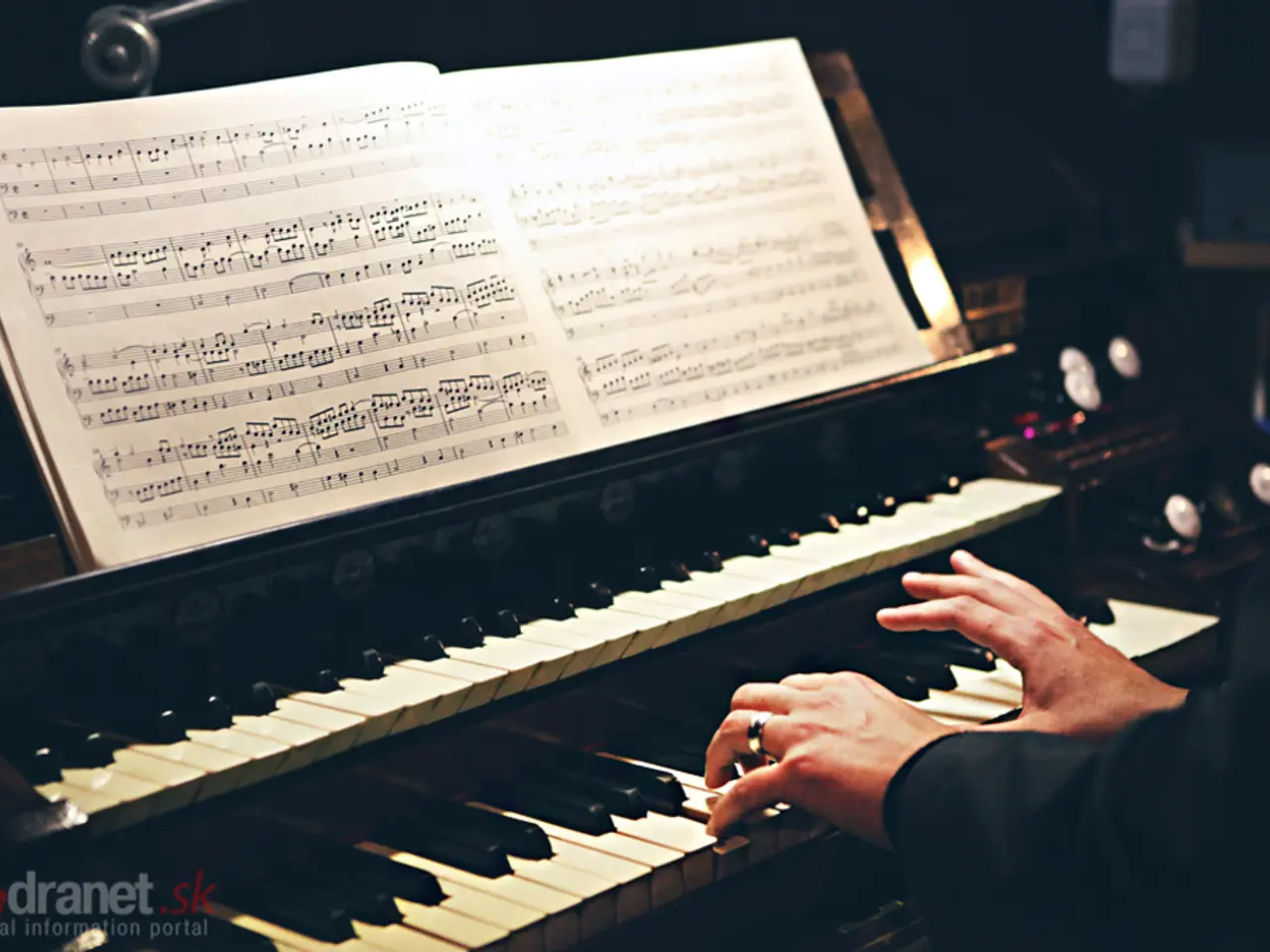Quick Practice Sessions for Piano Learners to Improve Sight-Reading Skills
Sight reading is an essential skill for any aspiring piano player, enabling them to play a piece of music they've never seen before without prior practice. To develop this skill, a clear method and regular practice are crucial.
Focused Practice
Allocate a specific part of your practice session solely for sight reading to ensure a consistent challenge and steady improvement. This focused practice will help you to master rhythm, pattern recognition, appropriate fingering strategies, and gradually increase the complexity of the sheet music you read.
Mastering Rhythm
Rhythm forms the foundation of sight reading. Practicing rhythms separately, including complex and uncommon meters, enhances timing and flow. Understanding and mastering rhythm will provide a solid base for reading new music.
Pattern Recognition
Learning to recognize common patterns and hand positions, such as five-finger groups and recurring melodic or harmonic shapes, reduces the cognitive load when reading new music. This recognition helps you read more fluently and accurately.
Fingering Strategies
Use fingering techniques optimized for smooth transitions and ease of playing. This helps maintain continuity and accuracy during sight reading, reducing hesitation and errors.
Progressive Challenges
Practice with progressively challenging material, including varying keys, time signatures, and rhythms to adapt to different musical contexts. This approach helps you to develop the flexibility needed to read and play a wide range of music.
Specialized Resources
Employ tools and exercises designed specifically for sight reading, such as randomized music generators, rhythm flashcards, and structured sight reading courses. These resources can help you to practice effectively and make sight reading a rewarding part of your musical journey.
Comprehensive Musical Understanding
Develop a comprehensive musical understanding that includes theory, cultural context, and performance practice to enrich interpretation and reading fluency. A solid understanding of music theory can significantly enhance your sight-reading skills by helping you anticipate what might come next in the score.
Practical Tips
Daily sight reading sessions with new pieces, focusing initially on simple rhythms and slowly incorporating melodies and harmonies, can help you to improve your sight-reading skills. Using guided resources or platforms to customize practice to the learner’s level can also be beneficial.
Performance-Like Practice
Practicing sight reading in a performance-like setting can help you learn to manage anxiety and improve your concentration and accuracy under stress. This simulates the real-world scenarios you might encounter when performing in front of an audience.
Balancing Practice
Balancing practice with other musical activities, such as playing for fun, improvisation, and learning pieces by ear, can contribute to overall musicality and keep practice enjoyable. Regularly practicing scales and chords will make you more familiar with the keyboard layout and help you predict which notes are likely to follow in a piece based on its key signature.
Historical Context
Researching composers and historical periods can provide insights into intended style and execution of music, which can be particularly helpful when sight reading. Understanding the historical and cultural context of pieces can enhance interpretation and add depth to sight reading practice.
By following these methods and tips, you can build confidence, accuracy, and speed in sight reading piano music. Mastering sight reading saves time, makes learning new pieces easier and faster, and makes playing the piano more fun and less frustrating.
- To enhance timing and flow in sight reading, practice rhythms separately, including complex and uncommon meters, which establishes a solid base for reading new music.
- For fluency and accuracy in sight reading, learn to recognize common patterns and hand positions, such as five-finger groups and recurring melodic or harmonic shapes.
- Employing fingering techniques optimized for smooth transitions and ease of playing helps maintain continuity and accuracy during sight reading.
- A solid understanding of music theory can significantly enhance your sight-reading skills by helping you anticipate what might come next in the score and providing a more comprehensive musical understanding.




